- Common Reasons Your Dishwasher is Not Drying - August 18, 2022
First of all, for all of you who have dishwashers, I’m jealous. I currently don’t have one, and I miss the convenience.
I’m not a huge fan of washing dishes by hand, but that’s something you have to resort to when your dishwasher doesn’t seem to be working. I’m writing this article because I’ve had a lot of dishwasher problems in the past. It just seems like that’s what happens. I was always trying to fix them myself to save money, and I was typically able to figure it out.
If your dishwasher isn’t drying dishes properly, there could be several reasons why. I’ll cover all of them here. A lot of these things you can troubleshoot yourself, which is why you’re here. It’ll save you money on calling a repair person for sure.
Bottom Line Up Front
Dishwashers experience trouble drying dishes for a variety of reasons, and some of the common issues, like running out of rinse aid or improper loading, are incredibly easy to fix. Even more complicated issues aren’t the end of the world with just a bit of extra work.
How Dishwashers Dry Dishes
Let’s first take a look at how dishwashers dry dishes so you have a better idea of what could be going wrong. Dishwashers have a heating element that turns on during the drying cycle. The dishes are supposed to be heated to a certain temperature, which will help evaporate any water on them.
There’s also air circulating in the dishwasher, which helps with evaporation. Some dishwashers have a feature called an “air dry” option which just circulates the air and doesn’t use the heating element. This can save energy, but it also means your dishes will take longer to dry.
The drying cycle is one of the last things that happens in a dishwashing cycle, so all of the detergent and water should be gone by then. If there’s still water on your dishes, that’s one clue that something isn’t working right.
Common Drying Problems
Alright, so now you know how dishwashers dry dishes. But it doesn’t always work right. Here are some common drying problems and what you can do about them.
Your Dishwasher Doesn’t Have a Heating Element
So, the very first thing you need to check is whether your dishwasher even has a heating element. Not all of them do. In fact, you’ll only find heated drying cycles on some domestic brands. Foreign brands like Bosch don’t even come with this option.
If you’re suddenly noticing that your dishwasher isn’t drying dishes like you thought, double-check your model to see if it has the ability. Otherwise, you’ll be spinning your wheels trying to figure out what’s wrong when it’s working properly already.
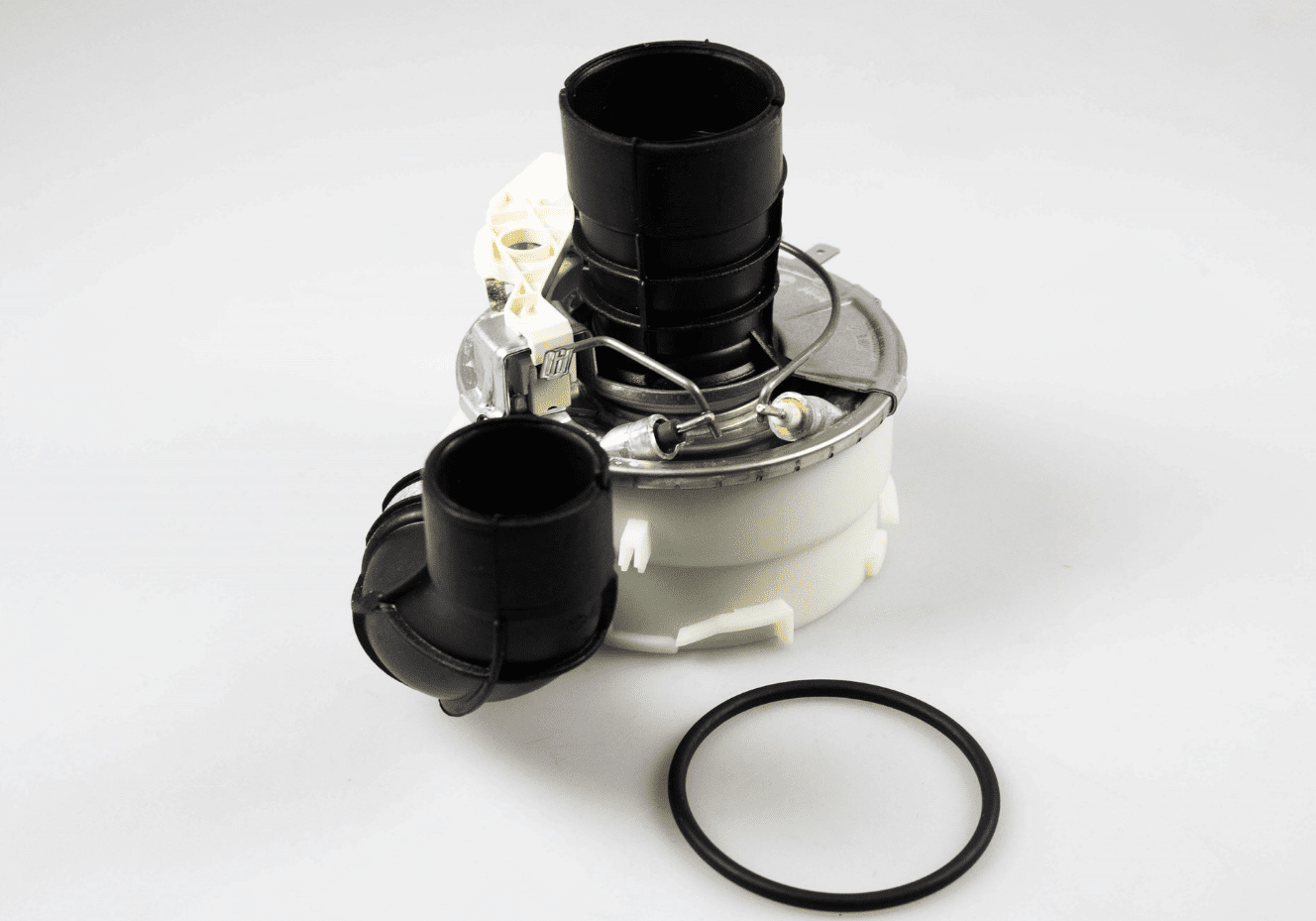
Heated Dry Is Turned Off
Before you panic, make sure your heated dry is turned on! A lot of people don’t realize that this is even an option, but it is. On most dishwashers, you’ll find a button or switch to turn the heated dry on or off. It’s usually located on the front of the machine near the start button.
If you’re not sure how to turn it on, consult your dishwasher’s manual. Here’s the thing: on many newer dishwashers, the heated dry cycle doesn’t run by default. This is to conserve energy. Once you’ve turned it on, run a cycle and see if that solves the problem.
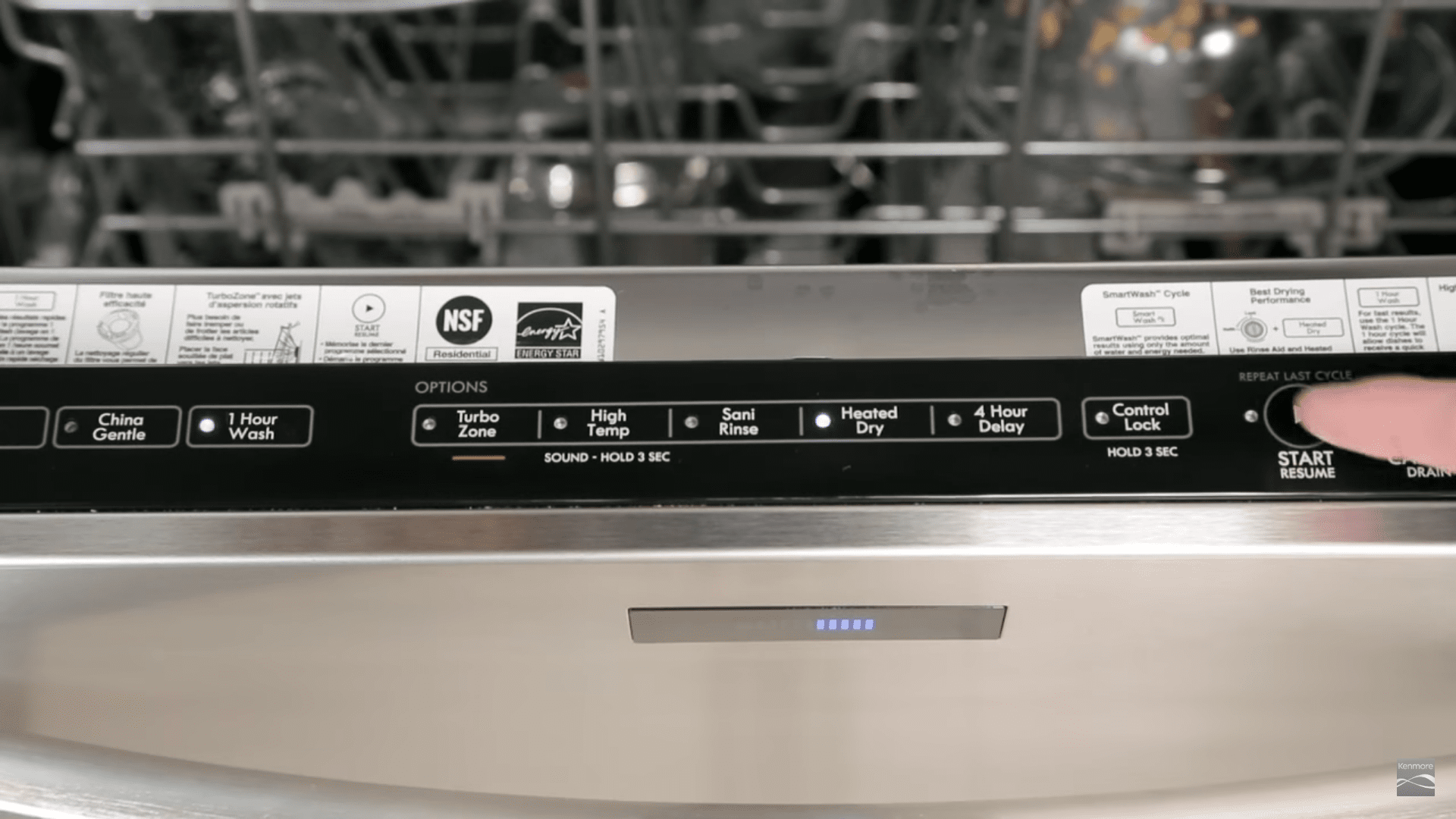
There’s Something Wrong with the Rinse Aid
I don’t care what brand you use. You can call it Jet Dri or Finish — you can even buy the store brand, but this dishwasher rinse aid works to reduce the surface tension of water. Instead of forming droplets on clean dishes, the rinse aid helps water roll off, getting them dry faster.
Check your rinse aid dispenser to make sure you have enough. If it’s empty, that could be the reason your dishes aren’t drying. If you have rinse aid in the dispenser, you’ll have to double-check the dispenser itself to make sure that’s not the issue. If the dispenser isn’t releasing the rinse aid, that means your dishes aren’t being treated, and they’ll stay wet.
You can scoop out the rinse aid and check to make sure there’s no build-up or obstruction in the dispenser. If there is, you’ll have to clean it out, refill it with your rinse aid, and try running the cycle again.
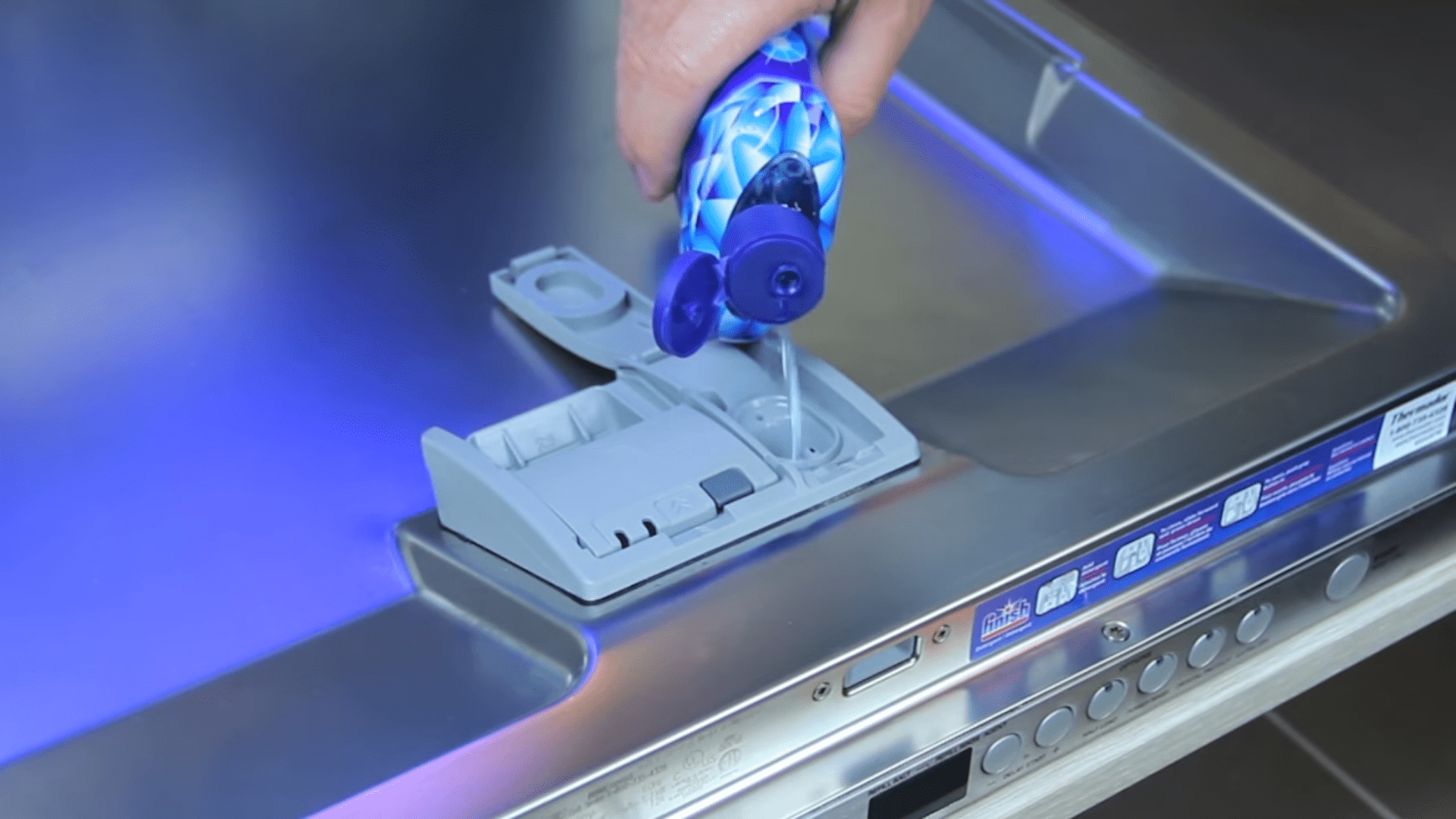
The Heating Element Isn’t Working
Next up, if you do have a heating element, it may not be working properly. This is probably the most common reason why dishwashers don’t dry dishes properly.
If the heating element isn’t working, then the dishes won’t get hot enough to evaporate the water. Your dishes may come out partially dry because of the air circulation, but if you notice they’re not getting as dry as normal, this is likely the issue.
The heating element is usually located near the bottom of the dishwasher, so if you’re feeling handy, you can try taking a look at it yourself. It will require pulling the dishwasher away from the wall, unplugging it, and disconnecting it from the water. But unless you’re experienced with appliance repair, it’s probably best to leave this one to the professionals.
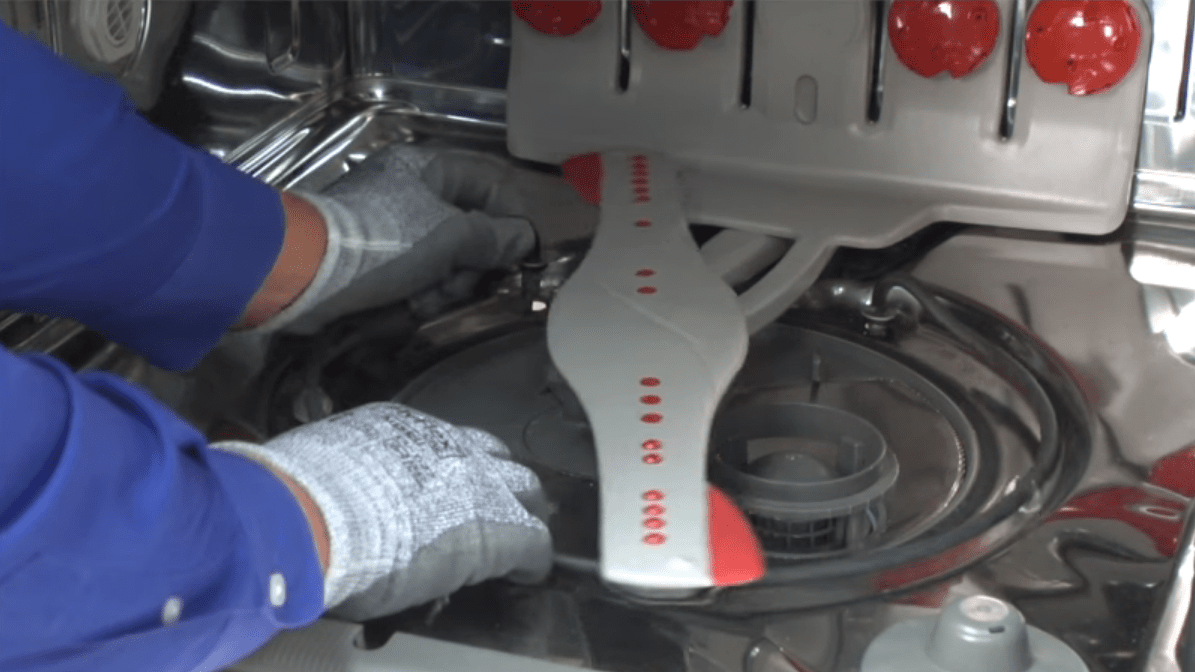
The Air Circulation Isn’t Working Properly
Air circulation is the second necessary component of the drying cycle. If the air circulation in your dishwasher isn’t working properly, that can also contribute to dishes not getting dry. The air should be circulating evenly throughout the dishwasher so that all of the dishes have a chance to dry.
If it’s not, then some of the dishes will get dried while others stay wet. If you notice that dishes on the top, bottom, back, or front get dry while other sections don’t, this is probably your problem.
There are usually only a few ways that air can circulate in a dishwasher, so if you’re handy, you might be able to figure out where the problem is and fix it. But again, unless you’re experienced with appliance repair, this is probably best left to someone who knows what they’re doing.
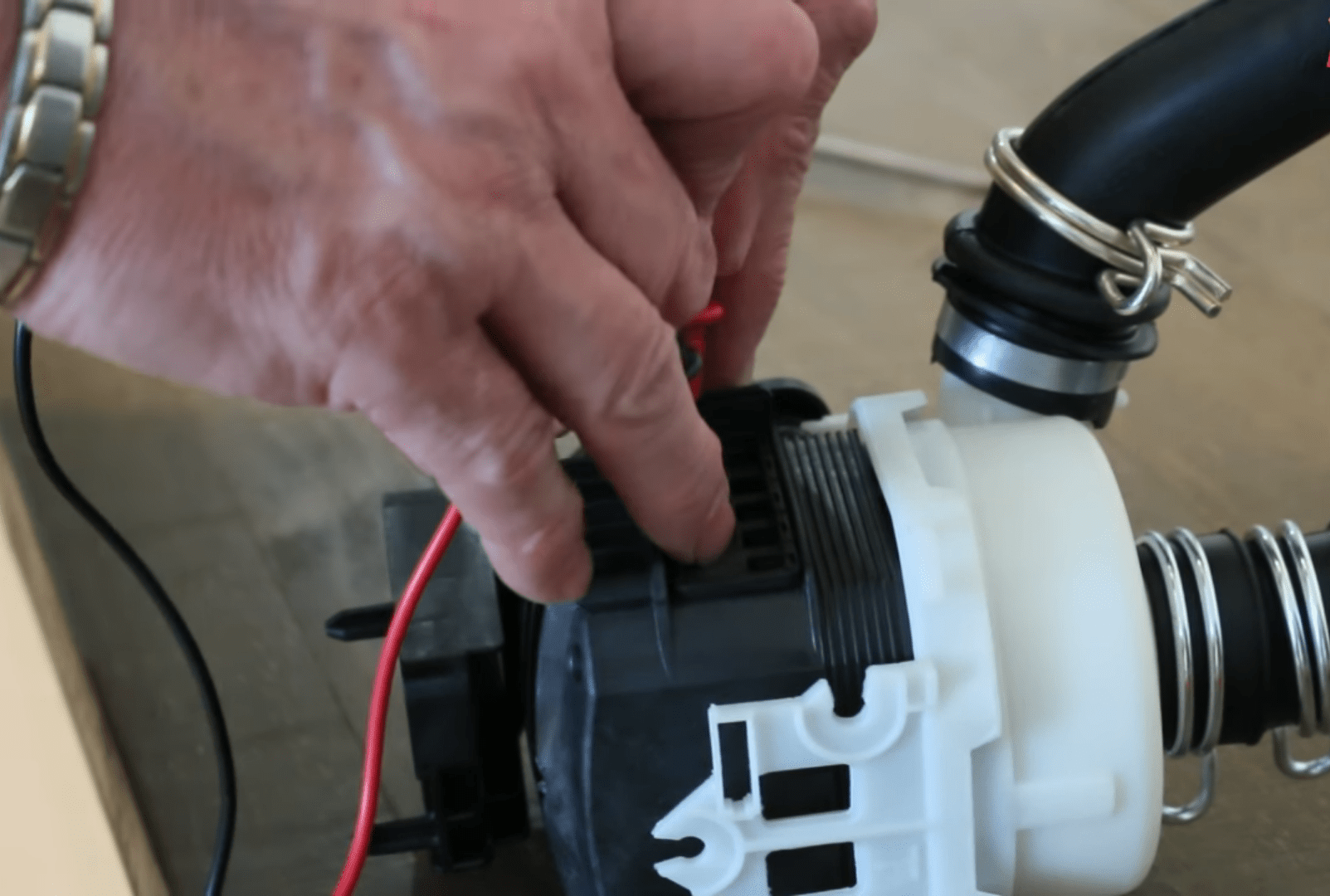
The High-Limit Thermostat Is Bad
If your dishwasher has a heated dry cycle, it has a high-limit thermostat. It’s a safety mechanism that works to make sure your heating element doesn’t get too hot. If your heating element gets too hot, it could melt plastics or cause a fire. So, while this is a necessary component, it’s something else that can go wrong.
If everything else seems to be working right, take a look at this. If it malfunctions, it could prevent your heating element from getting hot enough to dry the dishes, or it could shut your heating element off too early in the drying cycle.
To test it, get your hands on a multitester tool. You can get these pretty cheap at the hardware store or borrow one from a friend. A flashlight will also make this easier. Before starting, make sure you unplug the dishwasher (zap!). Then remove the bottom panel to expose the thermostat.
Set the multitester to the lowest ohms and touch the probes to the thermostat. It should read infinite resistance at room temperature. If you raise the temperature of the thermostat using a lightbulb or space heater, the needle should be at zero. Any other reading means your thermostat is faulty.
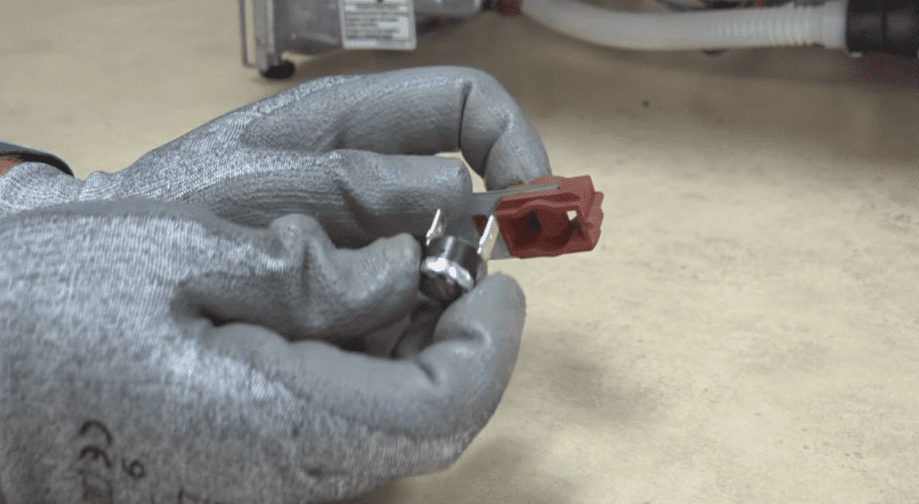
Tips to Keep Your Dishwasher Working Properly
Even if your dishwasher is working properly, you want to be sure to maintain it so it continues to do so. You definitely don’t want to have to repair it when you could have prevented it. Here are some quick tips that I’ve found work for me.
- Run the faucet before a cycle: If you’re getting ready to run your dishwasher, run water from the tap that’s closest to the appliance. It’s probably your kitchen sink. This will remove cold water from the lines and help your dishwasher water heat up to the appropriate temperature faster.
- Organize your dishes: Believe it or not, there is a right way to load your dishwasher. Cups, glasses, and bowls should be placed upside down on the top rack. That way, they won’t fill up with water, and they’ll get more thoroughly rinsed. Pots, pans, plates, and silverware should go on the bottom, facing the middle. Some dishes have jets at the back for a deeper clean, so you can face pots and pans backwards to get rid of heavy residue.
- Don’t overfill it: As you load it, make sure you’re not packing the dishes in too tightly. If they’re bumped up against one another too closely, water and soap can’t get in between them to get them clean. They also won’t dry evenly.
- Mix up silverware: So many people (OCD much?) organize their silverware by utensil in the container. The problem is that when the silverware gets jostled around during the cycle and settles, it will settle in formation and stick together. This nesting, or spooning (hehe), will cause them to clean and dry unevenly.
- Put plastic on top: Plastic can melt in the dishwasher if you put it on the bottom. This can damage your dishwasher and keep it from working properly.
- Let dishes cool before removing: When your dishwasher is done with its drying cycle, open the door just a crack to let air escape. Letting your dishes sit like this for about half an hour will further help reduce condensation and get your dishes drier before you put them away.
- Unload the bottom rack first: As you remove dishes from the top rack to put them away, any remaining water drips onto the bottom rack. Pulling the bottom rack out and putting them away first prevents this issue, so you won’t deal with too many wet dishes.
Common Reasons Your Dishwasher is Not Drying: FAQs
Question: How do I get my dishwasher to dry better?
Answer: No dishwasher is perfect, and neither is its drying cycle. You’re not always going to experience a perfectly dry load every time you run it. For instance, plastics don’t dry as well as silverware or other dishes. But that doesn’t mean you can’t do some things to help your dishes along.
Make sure you use a rinse aid, load the dishwasher properly, don’t overfill it, and make sure your heated dry cycle is on before you consider any other more complicated problems.
Question: Should you leave your dishwasher door open to dry?
Answer: If you don’t have a heated dry cycle, leaving your door cracked for about half an hour after the cycle finishes is a great way to get rid of extra condensation. Even if you do have a heated dry cycle, this will still help your dishes along.
Question: How much does it cost to replace the heating element in a dishwasher?
Answer: It typically costs $150-250 to replace your heating element. However, this could be more or less depending on where you live. Labor will be about half of the cost, so you can definitely save money by doing it yourself.
Question: Is it OK to leave clean dishes in the dishwasher overnight?
Answer: Leaving clean dishes in your dishwasher overnight is perfectly fine. In fact, it’s actually a good way to prevent your dishes from getting too wet if you’re not able to unload them right away. Just make sure the dishwasher is turned off so that no new cycles start while you’re sleeping.
The trouble you may experience with leaving dishes in your dishwasher overnight is when they’re dirty. Bacteria can start to grow, and odors can develop if you let dirty dishes sit too long. So, it’s always best to run your dishwasher immediately when it gets full or run it before bed, even if it’s not full yet.



